Mustard is a versatile condiment that enhances countless dishes, from sandwiches to gourmet sauces. Whether you're a home cook or a culinary enthusiast, understanding mustard varieties and their uses can transform your cooking. This guide covers the top 10 mustard types, their unique characteristics, and practical tips for using them effectively in your kitchen.
History of Mustard
Mustard has been used for over 6,000 years, with ancient civilizations like the Egyptians, Greeks, and Romans cultivating mustard seeds for both culinary and medicinal purposes. By the Middle Ages, mustard became a staple in European kitchens, with regional variations emerging across France, Germany, and England. Today, mustard is a global ingredient with diverse applications in cuisines worldwide.
Top 10 Mustard Varieties and Their Uses
Each mustard variety offers distinct flavors and culinary applications. Here's a detailed breakdown of the most popular types:
1. Yellow Mustard
Made from yellow mustard seeds, vinegar, water, and turmeric (for color), this mild, tangy condiment is perfect for hot dogs, burgers, and classic American sandwiches. Its bright yellow color and gentle flavor make it a kitchen staple.
2. Dijon Mustard
Originating from Dijon, France, this smooth, complex mustard uses brown mustard seeds and white wine. It's ideal for vinaigrettes, seafood dishes, and gourmet sandwiches. The absence of turmeric gives it a darker hue compared to yellow mustard.
3. Whole Grain Mustard
This variety features coarsely ground mustard seeds, providing texture and depth. It's excellent for meat rubs, cheese pairings, and grilled vegetables. The rustic texture adds visual appeal to dishes.
4. Brown Mustard
Common in Indian and British cuisines, brown mustard has a strong, spicy flavor. It's often blended with spices like cumin or chili powder for curries and chutneys. Its robust taste makes it a key ingredient in many global dishes.
5. Honey Mustard
A sweet and tangy blend of mustard and honey, this variety is perfect for salad dressings, dipping sauces, and glazes for chicken or pork. Its balanced flavor profile appeals to a wide range of palates.
6. Spicy Mustard
Infused with extra chili peppers or hot sauce, this fiery variety delivers intense heat. It's ideal for BBQ sauces, sausages, and dishes where a bold kick is desired. Use sparingly for maximum impact.
7. Sweet German Mustard
Also known as Bavarian mustard, this mellow variety is less sharp than others. It's traditionally paired with sausages, pretzels, and potato salad. Its gentle flavor makes it versatile for both savory and sweet applications.
8. Wasabi Mustard
A fusion of wasabi and mustard, this variety offers a unique peppery heat. It's popular in Japanese-inspired dishes, sushi, and Asian-inspired sauces. The combination creates a complex flavor profile that elevates seafood and vegetables.
9. Maple Mustard
Combining maple syrup with mustard, this modern variation adds sweetness and smokiness. It pairs exceptionally well with roasted meats, breakfast items, and autumnal dishes. The natural sweetness complements savory flavors beautifully.
10. Gherkin Mustard
Made with pickled gherkins, this tangy variety adds crunch and acidity. It's great for sandwiches, burgers, and dips. The pickled elements create a refreshing contrast to richer foods.
| Variety | Flavor Profile | Best For | Price Range |
|---|---|---|---|
| Yellow Mustard | Mild, tangy | Sandwiches, burgers | $1–$3 |
| Dijon Mustard | Smooth, complex | Gourmet dishes, dressings | $3–$6 |
| Whole Grain Mustard | Coarse, earthy | Meats, cheeses | $2–$5 |
| Spicy Mustard | Hot, pungent | BBQ, sausages | $2–$4 |
| Honey Mustard | Sweet, tangy | Dips, salads | $3–$5 |
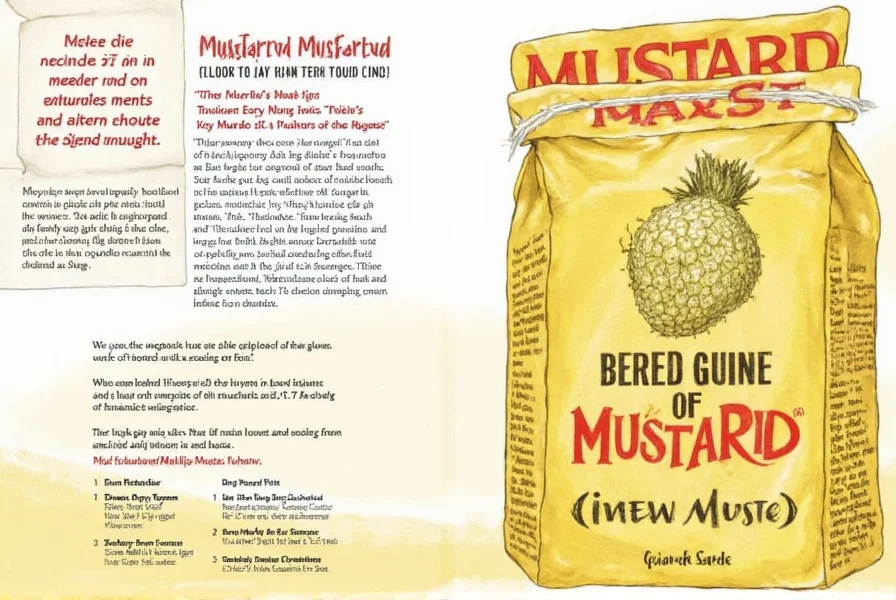
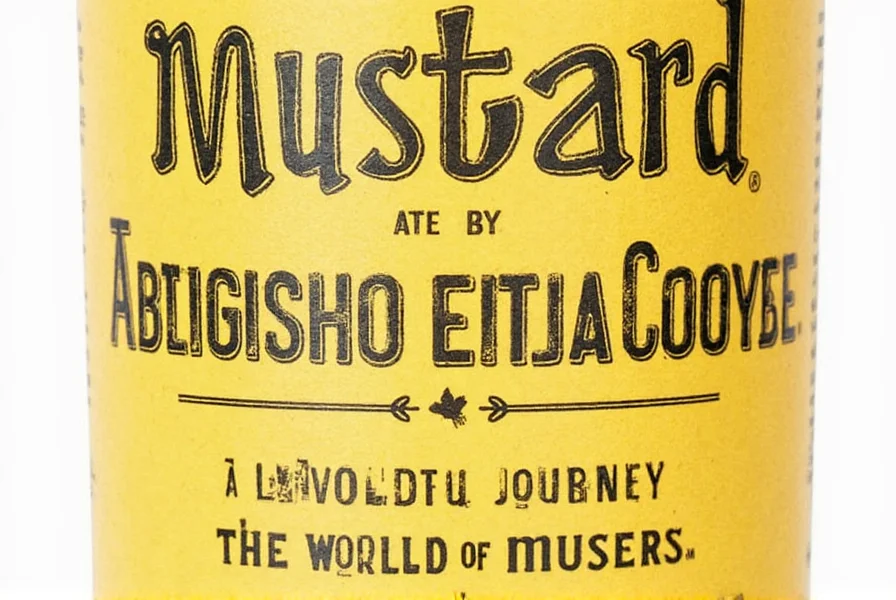
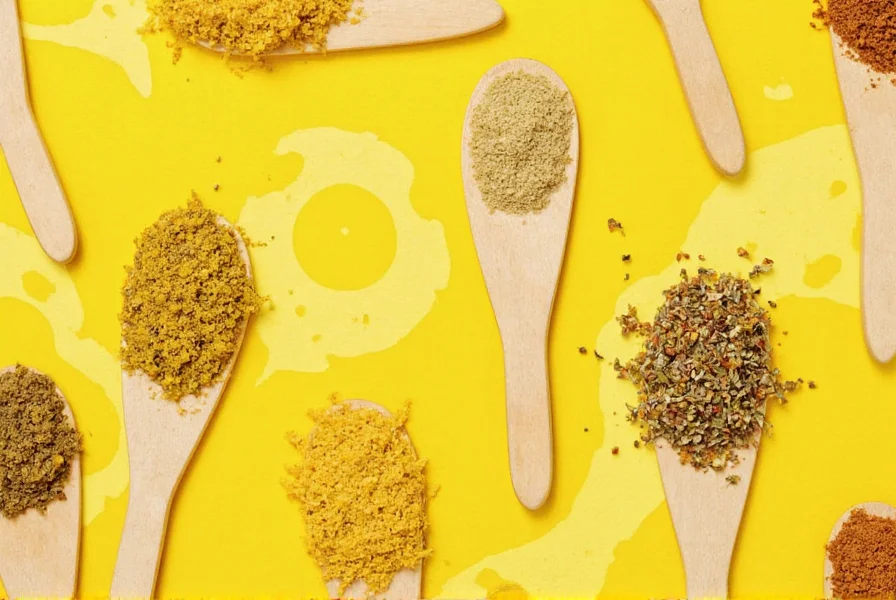
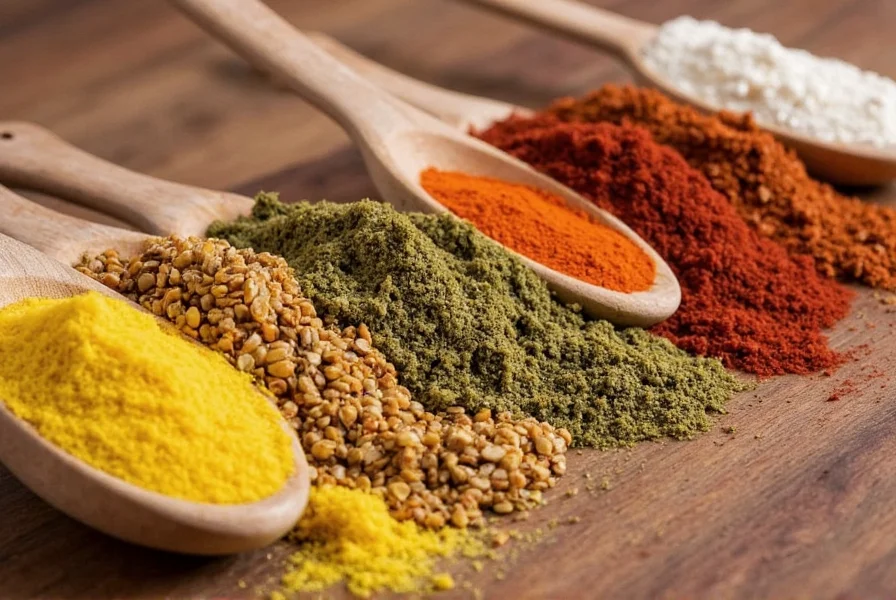
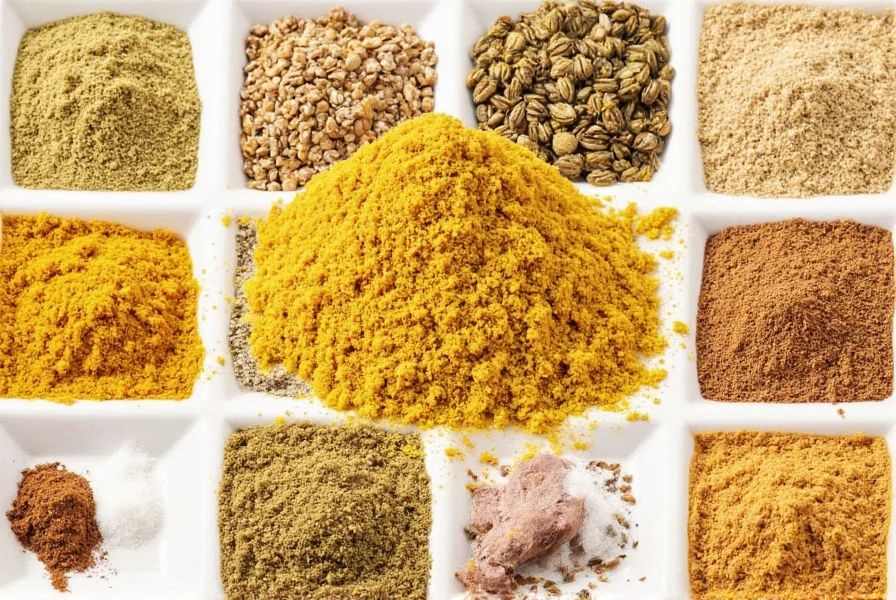
Top 10 Mustard Usage Tips for Home Chefs
Maximize your mustard experience with these practical tips:
- Use in dressings: Mix mustard with olive oil and vinegar for quick, flavorful vinaigrettes.
- Enhance grilled meats: Apply Dijon or whole grain mustard as a glaze before grilling for added moisture and flavor.
- Create glazes: Combine honey mustard with soy sauce for a sticky, savory glaze for chicken or pork.
- Add to soups: A splash of mustard gives creamy soups a tangy lift, especially when paired with potatoes or leeks.
- Experiment in baking: Add 1-2 teaspoons of German Sweet Mustard to savory breads and scones for depth without overpowering flavors.
- Make marinades: Mustard acts as a natural tenderizer. Include it in meat or vegetable marinades for better flavor penetration.
- Pair with cheese: Mustard complements strong cheeses like cheddar, blue cheese, and gouda beautifully.
- Make dips: Blend mustard with sour cream or mayonnaise for zesty dips that pair well with vegetables and chips.
- Embrace heat: Spicy or wasabi mustard can transform simple dishes with their fiery kick.
- Try unexpected combinations: Mix different mustards to create custom flavor profiles for unique culinary experiences.
Frequently Asked Questions
What are the 10 main types of mustard covered in this guide?
The 10 main types are Yellow Mustard, Dijon Mustard, Whole Grain Mustard, Brown Mustard, Honey Mustard, Spicy Mustard, Sweet German Mustard, Wasabi Mustard, Maple Mustard, and Gherkin Mustard. Each offers unique flavor profiles and culinary applications from sandwiches to gourmet dishes.
What's the key difference between yellow mustard and Dijon mustard?
Yellow mustard uses yellow seeds with turmeric for color, resulting in a mild, tangy flavor ideal for burgers and hot dogs. Dijon mustard uses brown seeds with white wine, creating a smoother, more complex profile perfect for vinaigrettes and gourmet dishes. Dijon lacks turmeric, giving it a darker color.
Which mustard variety is the spiciest?
Spicy Mustard (made with extra chili peppers) and Wasabi Mustard deliver the strongest heat. Spicy Mustard is great for BBQ and sausages, while Wasabi Mustard offers a unique peppery kick ideal for sushi and Asian-inspired dishes.
How long does opened mustard last in the refrigerator?
Most mustards stay fresh for 6-12 months when refrigerated after opening. Yellow mustard often lasts longest due to its high vinegar content, while varieties with fresh ingredients (like honey or herbs) may have shorter shelf lives. Always check for off smells or texture changes.
Can mustard be used in baking?
Absolutely! Mustard adds depth to breads, scones, and even cookies. German Sweet Mustard works well in baking due to its milder flavor. Try adding 1-2 teaspoons to savory muffins or cheese bread recipes for enhanced complexity without overpowering other flavors.
What's the healthiest mustard option?
Raw, organic mustard varieties retain more enzymes and nutrients. Look for options without added sugars or preservatives. Yellow mustard is lowest in calories (about 5 per teaspoon), while honey and maple mustards contain natural sugars but offer antioxidant benefits from their base ingredients.
How should I store mustard to maintain freshness?
Unopened mustard should be stored in a cool, dark pantry. Once opened, always refrigerate to preserve flavor and prevent spoilage. Keep the lid tightly sealed to avoid moisture absorption, which can cause mold. Never leave mustard at room temperature for extended periods after opening.










 浙公网安备
33010002000092号
浙公网安备
33010002000092号 浙B2-20120091-4
浙B2-20120091-4